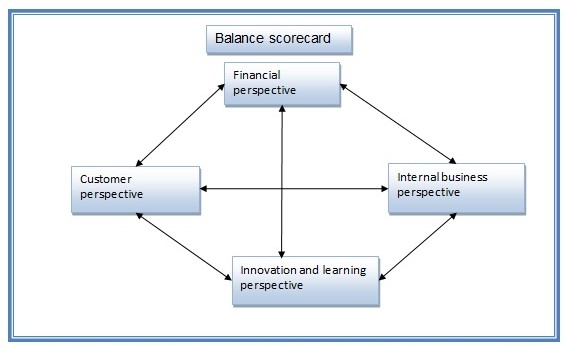The England Crime Statistics by Region: Liverpool and Manchester Liverpool and Manchester Contrasted
Introduction
Crime has always been one of the most serious issues that the human society has ever faced. During the centuries of its history, the mankind has been trying to eliminate and fight crime, but the research results by various scholars prove that the outcome of the eternal struggle with crime are not as positive as one might have hoped. Accordingly, in the modern world the issue of crime is also under the great public scrutiny (Easton, 2010). England, as one of the highly developed countries, could have been considered as a safe country, but the statistical data illustrate the point that crime rates in England remain rather high, if contrasted with other countries, although the period of 2000-2008 have seen an essential decrease of crime rates in various cities of England.
We will write acustom essay on your topictailored to your instructions!
189experts online
Basic Notions of Crime Statistics
Accordingly, the current paper focuses on the comparative analysis of crime rates observed in such English cities as Liverpool and Manchester over the period between 2000 and 2008. The report will consider such crime types as violence against personality, sexual offence, robbery, burglary, offence against vehicles, theft, fraud and forgery, criminal damage, drug offences, etc (Home Office, 2010). First, each of the cities under analysis, i. e. Liverpool and Manchester, are analyzed according to the crime rates observed in them between 2000 and 2008. Such factors are taken into special consideration as the mean, mode, median, standard deviation, and variance of the rates observed (Dobbs and Miller, 2004, p. 11). Second, the comparative analysis of the data from both cities is presented. Finally, the results of the analysis are formulated into a logical conclusion to this statistical report.
Crime Statistics in Liverpool
Mean, Mode, and Median
The consideration of crime rates in Liverpool between 2000 and 2008 can be started with stating that the occurrence of various crime types in this city is rather low compared to the data from Manchester. According to the data by the Home Office (2010), 81,109 cases of various crimes were recorded in Liverpool between 2000 and 2001, while the period of 2001 – 2002 saw the decrease to 78, 893 cases. The dynamics of crime rate decrease in Liverpool from 2002 till 2008 is illustrated by the following graph using the respective quintile from 20.0 to 474.1 (Home Office, 2010):

Graph 1. Recorded crime in Liverpool, 2000 – 2008
On-time delivery!
Get your 100% customized paperdone in as little as 1 hour
There is no mode for these figures as none of them occurs more than once. The mean (M1), and median (M2) for the Liverpool quintile are 158.6 and 181.5 respectively. This means that the crime rate in Liverpool was higher than the mean for its quintiles for all years starting from 2000 and up to 2006.
The fact that in 2006, the actual crime rate became even lower than the mean proves that the measures taken by the government to reduce crime levels started giving their results and the overall situation in the society changed for the better. The point that the median of the Liverpool crime rate is the highest point for all years considered illustrates the point that 2005 was the time of the greatest increase of crime levels in the city (EU and Merseyside, 2006, p. 11).
Standard Deviation and Variance
At the same time, the meanings of the standard deviation and variance of crime rates for Liverpool show the crime situation in the city has always been on its way towards getting better, even in 2005, when the quintile of Liverpool crime rates reached its peak in the period between 2000 and 2008, i. e. the meaning of 181.5. To prove this, let us first take a look at the standard deviation, which is 22.1 for Liverpool data. This is a rather large deviation, and this evidences that crime rates in the city changed drastically every year during the discussed period.
The variance with the meaning of 487.2, which is also a rather large figure, illustrates this point as well. But the positive point is that the standard deviation is the closest to the average one in the year when the actual crime rates were the highest in Liverpool. This fact has three major meanings:
-
Crime rates in Liverpool changed unpredictably between 2000 and 2008;
-
2005